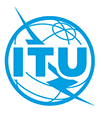Network and technical requirements in support of Inter-Cloud
Network and technical requirements in support of Inter-Cloud (the Global Inter-Cloud Technology Forum is discontinued).
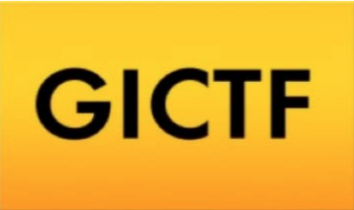
Network and technical requirements in support of Inter-Cloud (the Global Inter-Cloud Technology Forum is discontinued).

Inter-Cloud interface specification on resources data model for network control (the Global Inter-Cloud Technology Forum is discontinued).
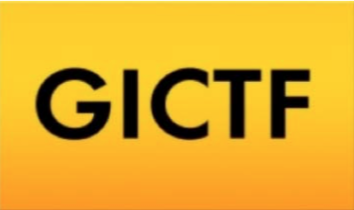
Inter-Cloud interface specification on protocols (the Global Inter-Cloud Technology Forum is discontinued)
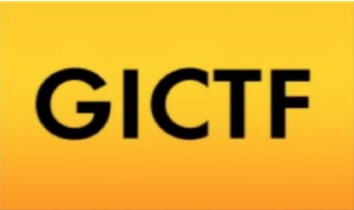
Use case and functional requirements for Inter-Cloud Computing (The Global Inter-Cloud Technology Forum is discontinued).
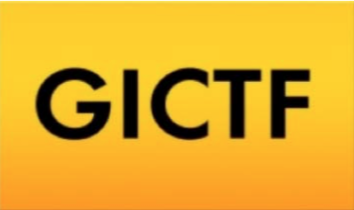
The present document provides a list of features which the performance and portability templates (Virtual Machine Descriptor and Compute Host Descriptor) should contain for the appropriate deployment of Virtual Machines over a Compute Host (i.e. a "telco datacentre").
In addition, the document provides a set of recommendations and best practises on the minimum requirements that the HW and hypervisor should have for a "telco datacentre" suitable for data-plane workloads. The recommendations and best practises are based on tests results from the performance evaluation of data-plane workloads. It is recognized that the recommendations are required for VNFs supporting data plane workloads and that a small portion of the recommended list are not required in all cases of VNFs, such as VNFs related to control plane workloads.
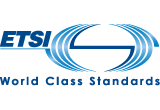
Guidance and best practices for cloud audits.

Cloud Computing concepts

Recommendation ITU-T X.1601 describes the security framework for cloud computing. The Recommendation analyses security threats and challenges in the cloud computing environment, and describes security capabilities that could mitigate these threats and address security challenges. A framework methodology is provided for determining which of these security capabilities will require specification for mitigating security threats and addressing security challenges for cloud computing. Appendix I provides a mapping table on how a particular security threat or challenge is addressed by one or more corresponding security capabilities.
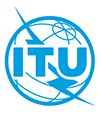
Recommendation ITU-T Y.3522 provides an overview of end-to-end (E2E) cloud service lifecycle management by specifying cloud service lifecycle metadata, the cloud service lifecycle management framework, cloud service lifecycle management stages and the relationship with cloud computing reference architecture. This Recommendation also provides E2E cloud service lifecycle management functional requirements derived from the corresponding typical use cases.

Recommendation ITU-T Y.3514 specifies a framework of trusted inter-cloud computing and relevant use cases. It provides general requirements for trusted inter-cloud and specific ones related to governance, management, resiliency, security and confidentiality of trusted inter-cloud.
Corrigendum 1 replaces the definition of dependability.
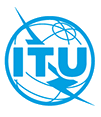
Recommendation ITU-T Y.3512 describes the concept of Network as a Service (NaaS) and its functional requirements. It provides typical use cases of NaaS and specifies the functional requirements of three aspects, ranging from NaaS application, NaaS platform and NaaS connectivity which are based on the corresponding uses cases and cloud capabilities types.
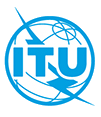
Recommendation ITU-T Y.3519 describes the functional architecture for big data as a service (BDaaS). The functional architecture is defined on the basis of the analysis of requirements and activities of cloud computing-based big data described in Recommendation ITU-T Y.3600.
Following the methodology of Recommendation ITU-T Y.3502, the BDaaS functional architecture is described from a set of functional components and cross-cutting aspects. The specified functional components consist of sets of functions that are required to perform the BDaaS activities for the roles and sub-roles described in Recommendation ITU-T Y.3600.
